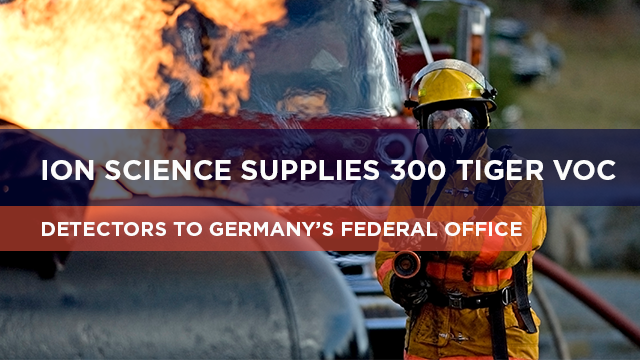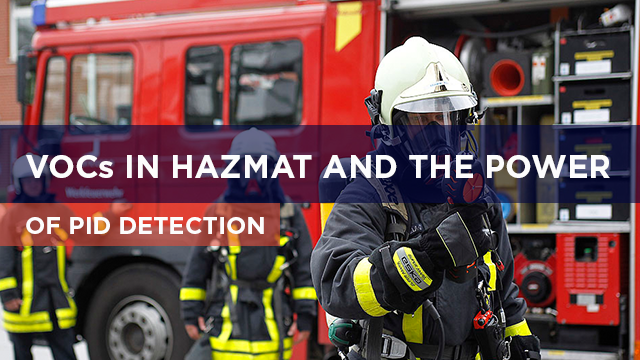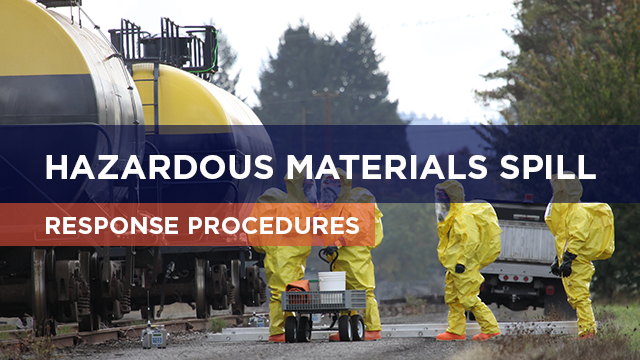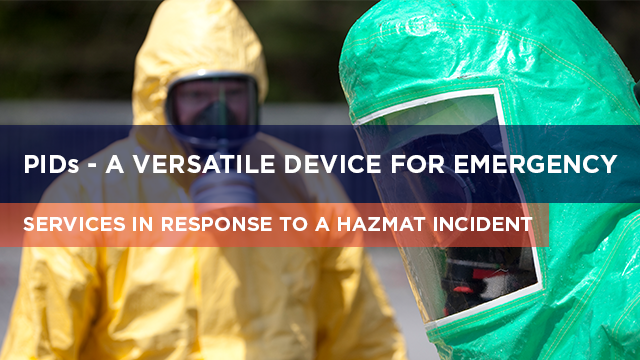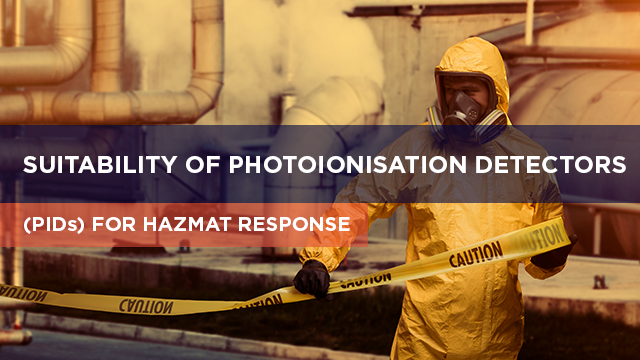ION Science supplies 300 Tiger VOC detectors to Germany's federal office of Civil Protection and Disaster Assistance.
Market-leading hand-held PIDs part of vital equipment on board government body’s ‘first responder’ reconnaissance vehicles.
Ion Science has recently supplied 300 Tiger hand-held volatile organic compound (VOC) detectors to Germany’s Federal Office of Civil Protection and Disaster Assistance (BBK) where they are part of the vital chemical measurement system on board ‘first responder’ reconnaissance vehicles.
What is a volatile organic compound (VOC)?
Volatile organic compounds (VOCs) include a wide range of both natural and synthetic substances. VOCs are chemical compounds – mixtures of more than one element – where one of the elements is carbon. They are described as volatile because they evaporate easily, releasing molecules into the atmosphere. VOCs can be detected by specialised VOC detectors utilising photoionsation detection (PID) technology.
VOCs are present in everyday life and can be harmless, some however, are not and can be hazardous to health and t
he environment. Solvents used in paints and adhesives, and in cleaning products, are often VOCs. The distinctive smell of some new plastics is the result of the ‘outgassing’ or release of volatile organic compounds to the atmosphere. Fuels including diesel, petrol, gasoline, heating oil, and aviation fuel are VOCs.
These and other potentially hazardous volatile organic compounds including benzene, toluene, ethylene, xylene, and formaldehyde require careful monitoring. The legal limits on emissions of and exposure to VOCs vary from place to place, and are set by authorities including the European Union and the United States Occupational Safety and Health Administration OSHA. One common definition of a VOC, which has been adopted by the EU, World Health Organisation WHO, and others including Health Canada, is a carbon compound with a boiling point below 250C.
VOCs in HAZMAT and the power of PID detection
An emergency response organisation will greatly increase its effectiveness and the level of protection it offers its employees (Responders) by deploying a photoionisation detector (PID).
Incidents Involving VOCs
Many Hazardous Materials incidents involve volatile organic compounds (VOCs), a vast chemical family that is primarily made up of hydrocarbons such as gasoline, alcohols, methane and acetone as well as the BTEX family which include benzene, toluene, ethylbenzene and xylene. Typically, VOCs have a high vapour pressure at ambient temperatures, meaning the liquid gives off vapour that can be readily detected.
Hazardous Materials Spill Response Procedures
Hazardous Material spills including biological, chemical and radiological materials pose a serious risk if not promptly and properly responded to by the individuals who initially identify the spill and the appropriate emergency response team.
PIDs - A versatile device for emergency services in response to a HAZMAT incident
The versatile nature of a PID instrument makes it an indispensable device for the emergency services in response to a HAZMAT incident.
Suitability of Photoionisation Detectors (PIDs) for HAZMAT response
The ability of a photoionisation detector (PID) to measure low levels of volatile organic compounds (VOCs) makes them a vital tool in the decision making process following a hazardous materials (HAZMAT) incident.

